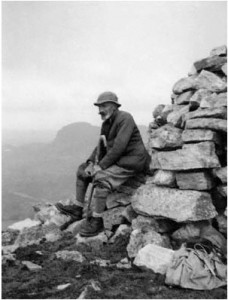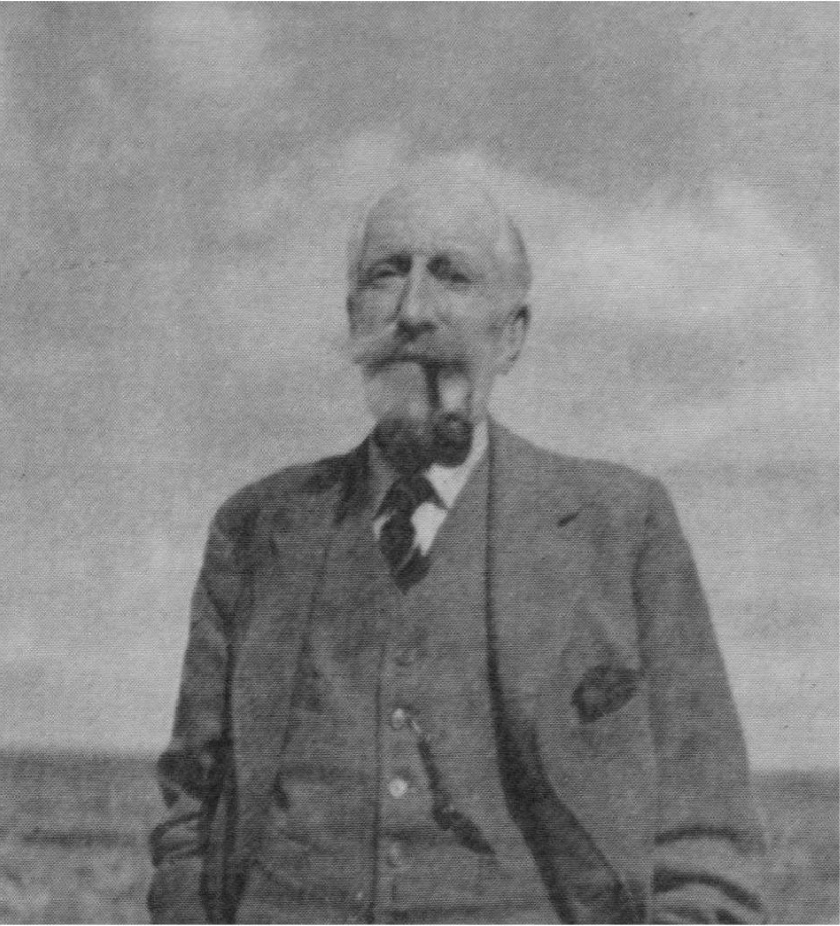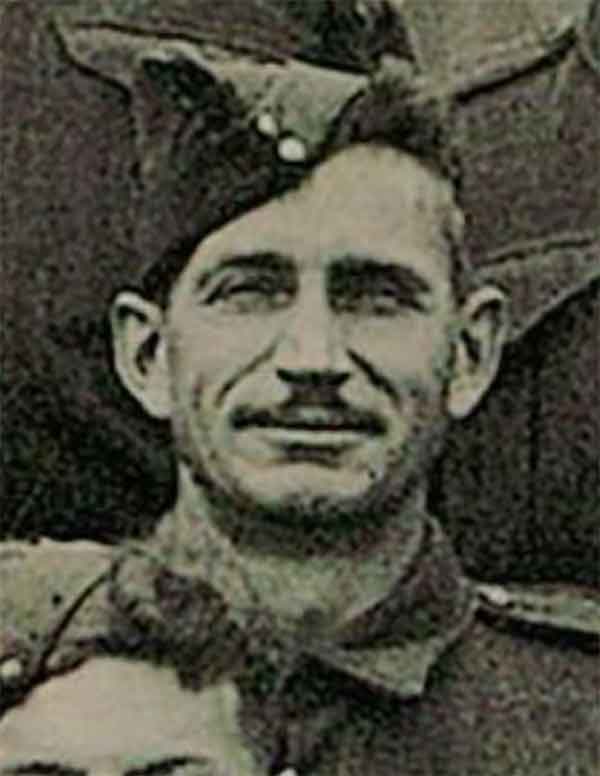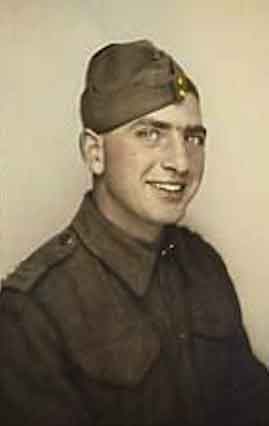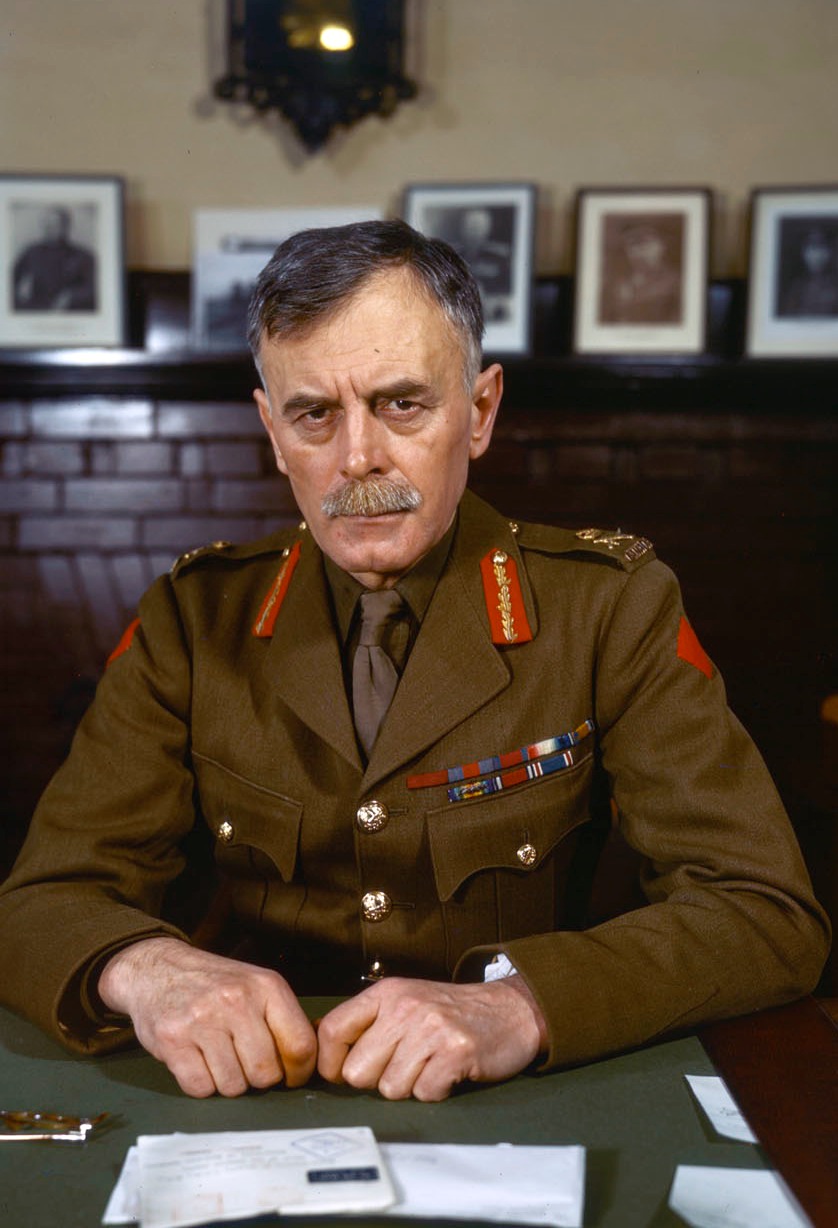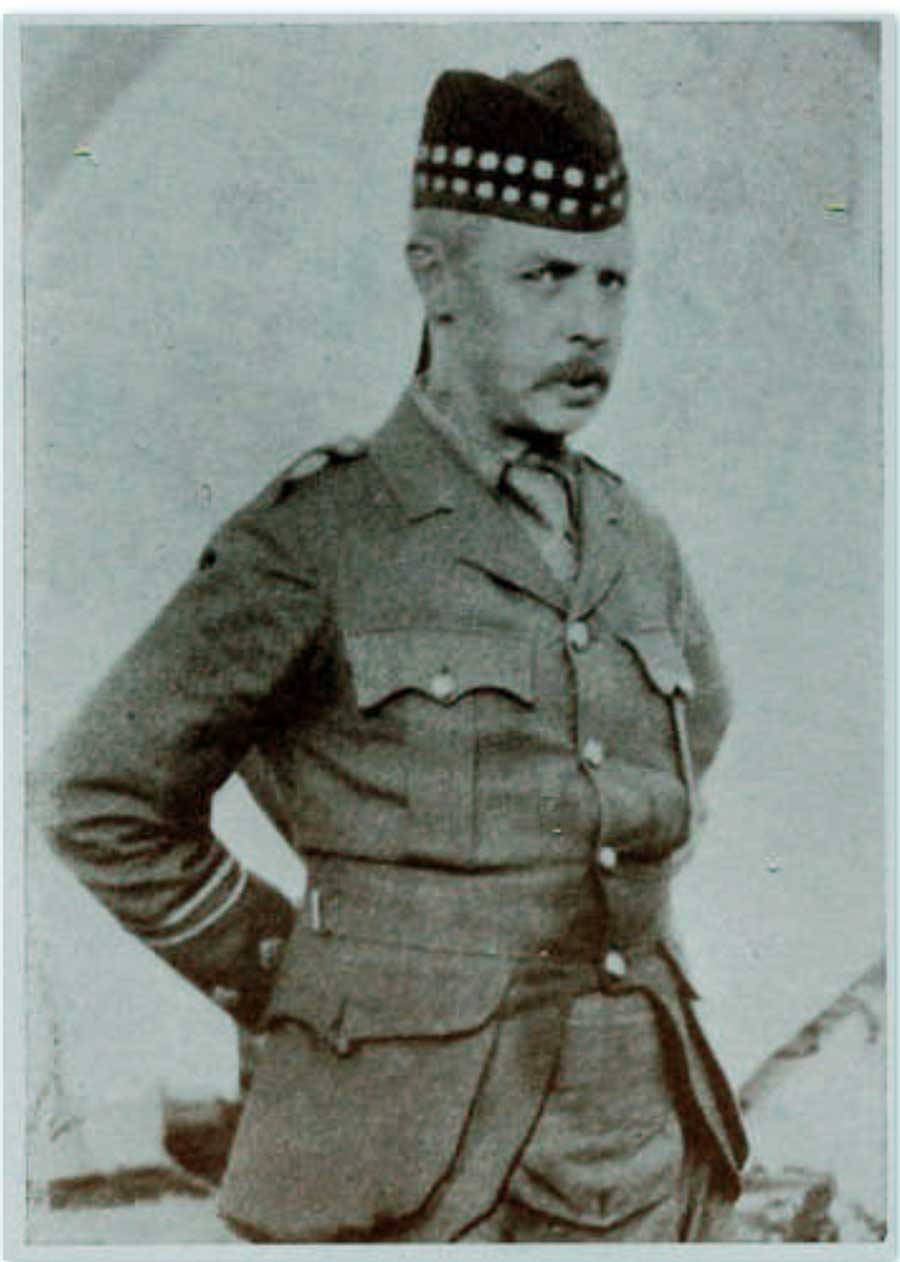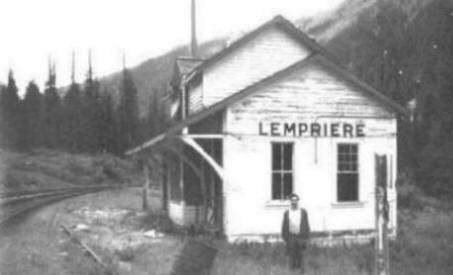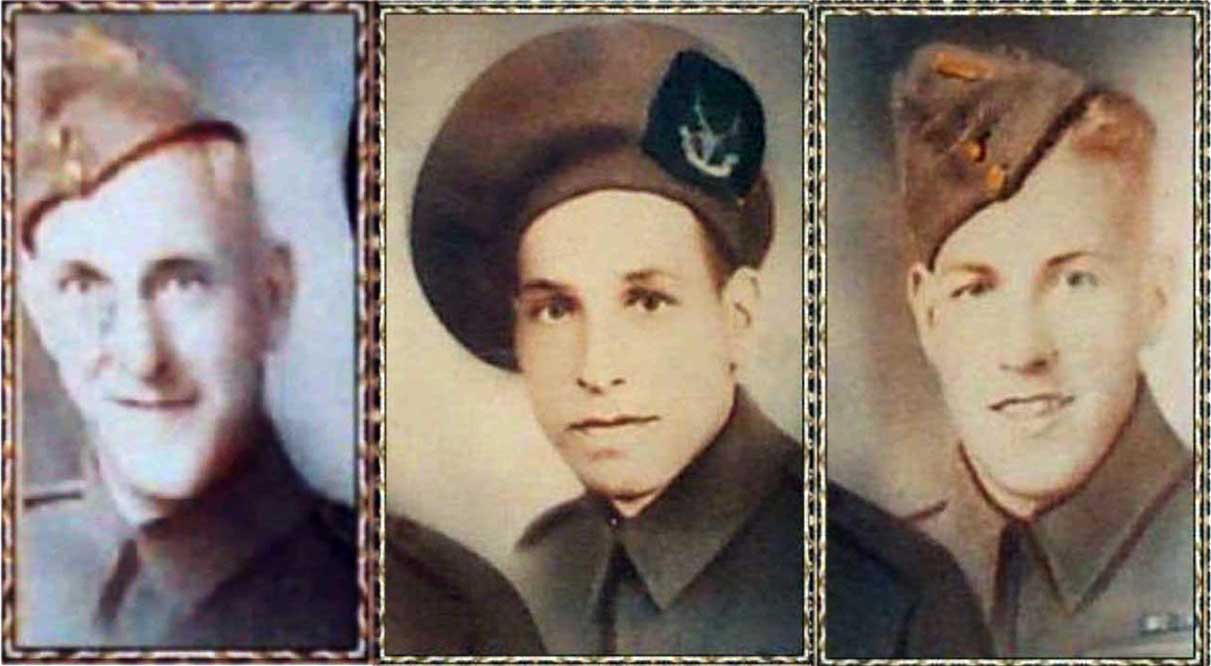
Richard, Gordon, and Clifford Kimmel
The Kimmel brothers Richard (1914–44), Gordon (1916–44), and Clifford (1919-44) were killed serving in the Canadian Army during World War II. They were from Albreda.
Their father Harry Kimmel (1886–1972) left Illinois to settle in Canada in 1917. His wife Sylvia (ca. 1886–1961) and four Illinois-born children joined him in Edmonton the next year. Hearing of work at Swift Creek, Harry went there in 1918 and worked at Kennedy’s sawmill. He moved the family into a tiny house the next year, where Clifford, the sixth of twelve children, was born. In 1922 the family moved to a homestead at Albreda, where Harry worked on the coal deck that fueled the steam locomotives. Sylvia Kimmel was described as “the spirit of the pioneer, the kingpin of her family and jack of all trades and indeed master of most of them.” In 1961, the year she died, Sylvia represented Canadian mothers at the Remembrance Day services at Ottawa.
Richard, Gordon, and Clifford had a brother Harry Leonard Kimmel of Grand Forks, British Columbia.
Canadian Army L Sergeant Richard Kenneth Kimmel, K92118, killed in action 18 June 1944 during the Normandy landings. Buried at Beny-sur-Mer Canadian War Cemetery, Calvados, France.
Canadian Army Rifleman Gordon Leroy Kimmel, K53748, killed in action 8 June 1944 during the Normany landiongs. Buried at Bretteville-Sur-Laize Canadian War Cemetery, Calvados, France.
Canadian Army Corporal Clifford Howard Kimmel, K92117, killed in action 5 December 1944 during the Battle of Moro. Buried at Ravenna War Cemetery, Italy. Citations: 1939-45 Star, Italy Star, Defence Medal, Canadian Volunteer Service Medal and clasp, War Medal 1939-45.
